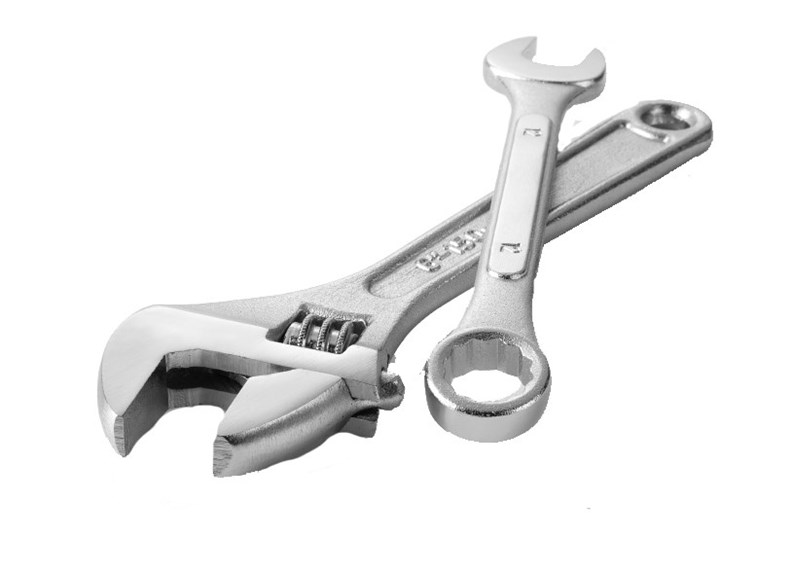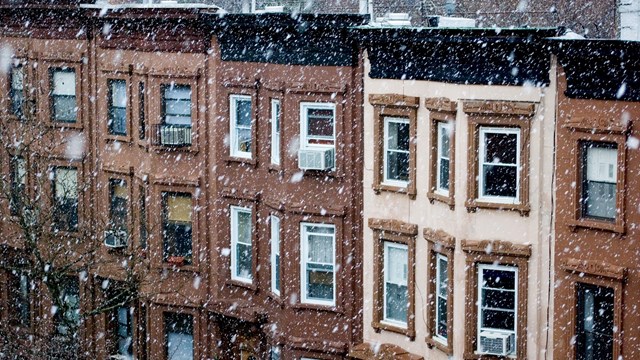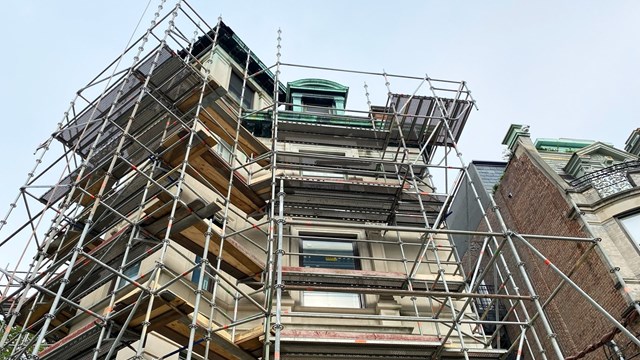I'm often asked what a person can do to keep their air conditioning unit working properly. AC units are complicated pieces of machinery, but there are many things a homeowner can do to keep their unit running and avoid making expensive service calls.
Like any machine, AC units need regular maintenance. Follow the simple steps outlined below, and your unit will work more efficiently for a longer period of time - if you continue to experience problems, a repair call or replacement of the unit may be in order.
There are three types of units used in modern apartment buildings: window units - also known as room air conditioners - through-the-sleeve units, and central air conditioning units that use chilled water to cool the entire building.
If your home has window or through-the-sleeve units, then you can skip this next section and move straight to Step Two. If your building has central air, then your building staff should be cleaning the units on a set maintenance schedule.
Next, using a vacuum cleaner with a brush attachment, gently vacuum the face of the coils. Never press hard on the coil surfaces; the fins that surround the coils are made of aluminum and can bend very easily. Once you're finished vacuuming, reposition the thermostat bulb if you had to move it. This is very important; if the bulb is not properly placed, it may not take a correct reading of the temperature within the unit, and the unit itself will not run efficiently. While you're inside the unit, you may want to wipe the thermostat bulb with a damp cloth, if it's dusty.
The reason behind all this cleaning is to prevent dust and debris from sticking to the unit mechanisms and acting as insulation, which in turn interferes with heat transfer and lowers the unit's capacity to condition your air.
The filters in window and through-the-sleeve AC units should be cleaned once a year "“ twice if you have pets or lots of houseplants. Following that schedule will add years of life to your unit, as well as lower your electric bill and cool your house down faster.
Condensing coils should be cleaned every three years or so, and immediately after your building undergoes exterior maintenance projects that create a lot of dust - a repointing, for example. Usually, it's best to have building staff or a professional cleaning service carry out the job on the exterior coils - they're hard to get to and are consequently often forgotten. After a repointing project, AC units must often be entirely removed for a thorough cleaning - something a professional is better equipped to do. If your building is preparing for a repointing or other serious exterior maintenance project, it's wise to cover all the exterior AC coils with plastic sheeting to prevent particles of dust, paint, grit, and other materials from falling into the coils and clogging filters. This will save you a lot of effort and money in the long run - mortar and sand will clog an AC unit quickly, and once it rains and the mortar solidifies, it's nearly impossible to remove from inside your unit.
If you've just cleaned your AC unit, run it for an hour or so before putting the front cover back on, and examine the face of the condenser coils; do you notice any icing or frost accumulating on the coils? If you do, it means that your evaporator is not getting enough refrigerant, which in turn means that you have a small leak, a shortage of gas, or an obstruction in the refrigerant line. That, unfortunately, is a repair that only a qualified serviceperson should make.
If there's no frost, then chances are your refrigerant is fine. Other problems that might cause your AC unit to not function properly might be a bad thermostat, or an incorrectly placed thermostat bulb. Try moving the bulb around the face of the unit, or replace the bulb entirely. If your unit is simply old and ready to give out, it's time to upgrade to one of the many newer, lighter, more efficient models available today. Depending on the age and overall state of your unit, it might be more economical to simply buy a new unit. Regardless, it's important to remember; maintain now, or pay later.
For a sidebar story on AC maintenance, click here.







Leave a Comment